Sometimes you wake up, stub your toe, and think that it’s going to be a bad day. Others, a grisly murder forces you to take a detour on your way home, a tunnel collapses on your head, and you wake up in a netherworld where angels kidnap your friend and demons want to devour your soul.
There’s much less room for doubt about how that day’s going to turn out, so you do what any normal high schooler would: you fuse with an unknown entity, grow fantastic hair, and bend the world to your will.
At least, that’s what you do in Shin Megami Tensei V, Atlus’ dark and majestic RPG masterpiece. Shin Megami Tensei V is brutal, entrancing, and even shocking at times. It’s a brilliant evolution of the series in style and substance.
Shin Megami Tensei V Review: Original and Sinfully Good
Shin Megami Tensei V is both dense and complex, and it’s also one among a handful of RPGs that’s impossible to walk away from. It takes a while for SMT III and SMT IV to get started, and even then they move at a glacial pace. SMT V only slows down between story beats when you’re exploring and refining your ever-expanding roster of pet demons.
The narrative’s core might seem familiar to anyone who’s read Philip Pullman. It’s a tale of high, heavenly, and hellish politics, and, as ever in Shin Megami Tensei, you’re caught in the middle. However, SMT V offers some unique qualities in this department.
RPGs building a plot around Western religion is nothing new, nor is Shin Megami Tensei weaving together multiple traditions and philosophies. SMT V’s story takes a slightly different route and is more willing to break away from its own version of order.
Five minutes after seeing Lucifer descend from heaven and announce he murdered God, for example, a monk looking like he just stepped out of Dragon Ball Z tells you the Buddha inspired him to protect you. There’s a more dynamic mix of ideas shaping Shin Megami Tensei V than usual, and the narrative feels much richer for it.
The usual story paths are also different. Typically, you see clear strengths and weaknesses in the law, chaos, or neutral paths, but they’re presented in a game-y way designed to make picking an alignment more difficult. Shin Megami Tensei V’s alignments are more complex and nuanced. It’s (usually) clear who the villains are, but the enemy of your enemy is probably not your friend, or not for long at least.
It’s also worth noting this is not a happy game. There are no Phantom Thieves swinging in to save the day and little chance for redemption. Instead, you get death, suffering, betrayal, and destruction.
What’s most impressive is how SMT V perfectly balances the primary narrative with the many secondary plots. It touches on a surprising range of topics, from bullying to the nature of strength and what role everyone plays in creating a harmonious society. Nearly all of them feel fully fleshed out, thanks in no small part to the strong supporting cast.
Atlus took criticism of SMT IV’s characters seriously and came back with a much more interesting secondary cast. In the previous mainline SMT, and even Nocturne to an extent, your friends exist as clear markers for the ending you want to achieve.
SMT V’s characters fill specific roles — the weak man who wants to be strong, the stoic, law-abiding student — and you don’t get too much time with them. However, their actions and your interactions with them also feel more natural.
That’s partly because of the story’s structure. In SMT IV, things happen around the Mikado group, and they react to them in ways fitting their predetermined moral alignment. Being trapped in alternate Tokyo just furthers the development of the philosophies everyone already nurtured in the real world in SMT III.
Things happen to the characters in Shin Megami Tensei V, shaping how they respond and develop in often surprising ways. It’s a much more personal and intimate story, and even the demons have more personality this time. However, it’s SMT and not Persona. Characters and relationships don’t develop much outside the main plot.
What has developed is Atlus’ world-building. Normal Tokyo is the usual mix of small icons on a map and a few 3D locations, but the Netherworld is much bigger and more developed. Exploration is practically nonexistent in the previous SMTs, but the netherworld is full of secrets, valuable — and sometimes vital — items, and interesting side quests to uncover.
You (thankfully) have a detailed map to work with, but accessing some of the better secrets or certain demons isn’t always straightforward. There’s even light platforming involved. None of this is revolutionary, of course, but it’s surprising how significant of an effect these small changes have on making SMT V’s world feel vast, immersive, and even dangerous.
There’s a special sense of dread in knowing an ill-timed jump or taking the wrong turn might land you in a ditch full of bloodthirsty Valkyries or put you face to face with a demon you shouldn’t encounter for another 10 levels.
Atlus wanted SMT V to take full advantage of modern consoles, and some stuttering problems and texture pop-in aside, it is absolutely worth the wait. You’ve only seen a fraction of what to expect from SMT V in previews and such. We can’t technically show you the rest yet, but suffice to say SMT V’s landscapes are impressive and go far beyond variations of ruined cityscapes, though there’s surprising variation even in those.
It helps that Shin Megami Tensei V is dripping with style. It’s not just in the post-apocalypse chic visual style, though there’s plenty of that. SMT V almost feels more stylish than Persona 5. The Phantom Thieves look brilliant in their escapades, but it’s often just surface deep. Shin Megami Tensei V creates its own, unique style in everything it does — the grand and ominous demon summoning ritual between you and Sophia, Gustave the talking corpse and his ominous shop, even the attacks — or rather, especially the attacks.
Getting a new move for the Nahobino has always been a delight because they just look so cool, and there’s even a range of special animations reserved for when you defeat enemies using a particular element.
Shin Megami Tensei V’s demons are a mix of the usual mythological and religious rabble with several new fiends thrown in, though combat is slightly different from before. Gone is the ruthless Smirk system that grants random critical hits and can completely ruin a good strategy. In its place is the return of Magatsuhi, the world’s energy, and a meter that gradually increases during combat for you and your foe.
A full Magatsuhi meter lets you pull off special moves or make every hit critical, but your enemies also have a stable of deadly surprises in store. It’s an engrossing system that makes combat feel more strategic and rewarding.
Atlus streamlined almost every aspect of combat and demon management as well, and nowhere is this more evident than fusion and demon management. Going back to SMT IV and its cramped, confusing menus after this is almost impossible, though SMT V does repurpose some of IV’s quality of life features in an even more accessible way.
You’ll manage the Nahobino’s weaknesses and strengths through absorbing essence affinities, as they’re no longer tied to equipment. Essences also borrow from Persona 5’s executions and let you teach new skills to existing demons. It’s a small but handy change that gives you much more control over how your party functions.
However, you’ll have to consider affinities carefully before deciding which skills are best, and that goes for fusions as well. Demon and Nahobino strengths and weaknesses influence what skills get a boost and which ones are rendered useless, making fusion much more involved than usual.
You’ll need to be involved with your fusions and other aspects of party management because Shin Megami Tensei V is hard. It’s not uncommon to sit through an hour-long, two-phase boss fight only to have an unlucky hit send you to the game over screen. Like Persona, SMT V ends if the protagonist dies, so there’s an extra layer of strategy not just in covering their weaknesses but in how you approach your defensive planning in major fights.
Casual mode tones the challenge down, but not by much. Fortunately, SMT V lets you swap difficulties at any point in the game where you can access the main menu. However, you, lucky reader, won’t have to deal with this problem because the Safety mode DLC releases at launch.
Either way, SMT V never feels unfair. There’s a satisfying rhythm to combat, and even if you might want to scream after losing so much progress, you also know exactly what to do differently the next time.
Shin Megami Tensei V Review — The Bottom Line
Pros
- Brilliant story
- Strong supporting cast
- That post-apocalypse chic
- Brutal but rewarding combat
- Streamlined fusion and management
- Excellent world design
Cons
- Difficulty won’t suit everyone
- If only the Switch Pro were real
Minor graphical hiccups aside, Shin Megami Tensei V is an outstanding RPG, made all the more so by its countless improvements over its older siblings. It’s tough but enthralling, and brimming with style. More importantly, perhaps, it has great ideas executed to something near perfection.
It’s been a long wait since Atlus first announced SMT V at the Switch reveal show, but it was absolutely worth it.
[Note: Atlus provided the copy of Shin Megami Tensei V used for this review.]

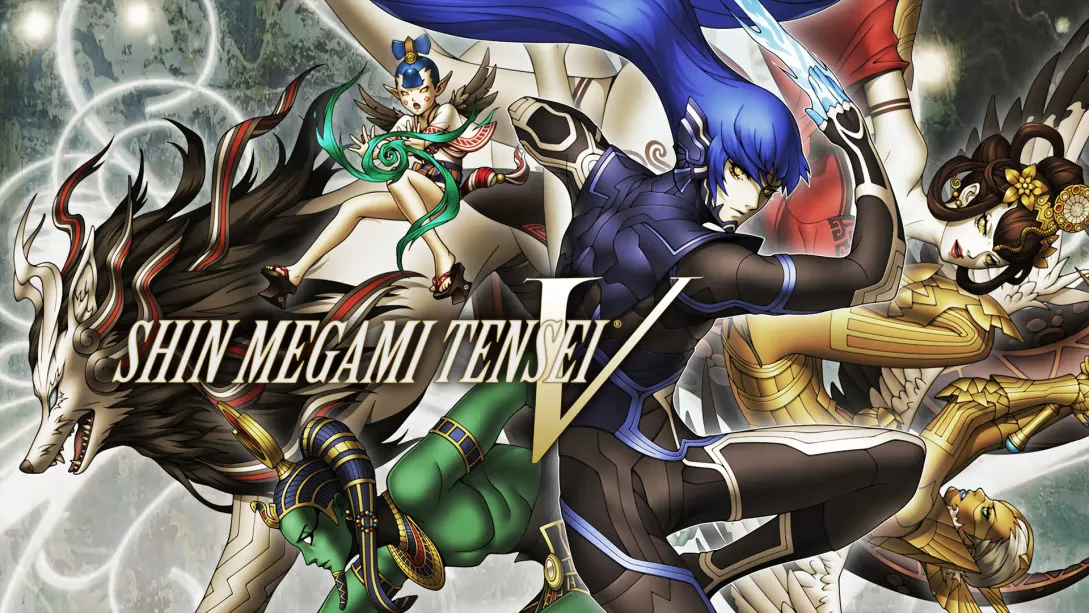
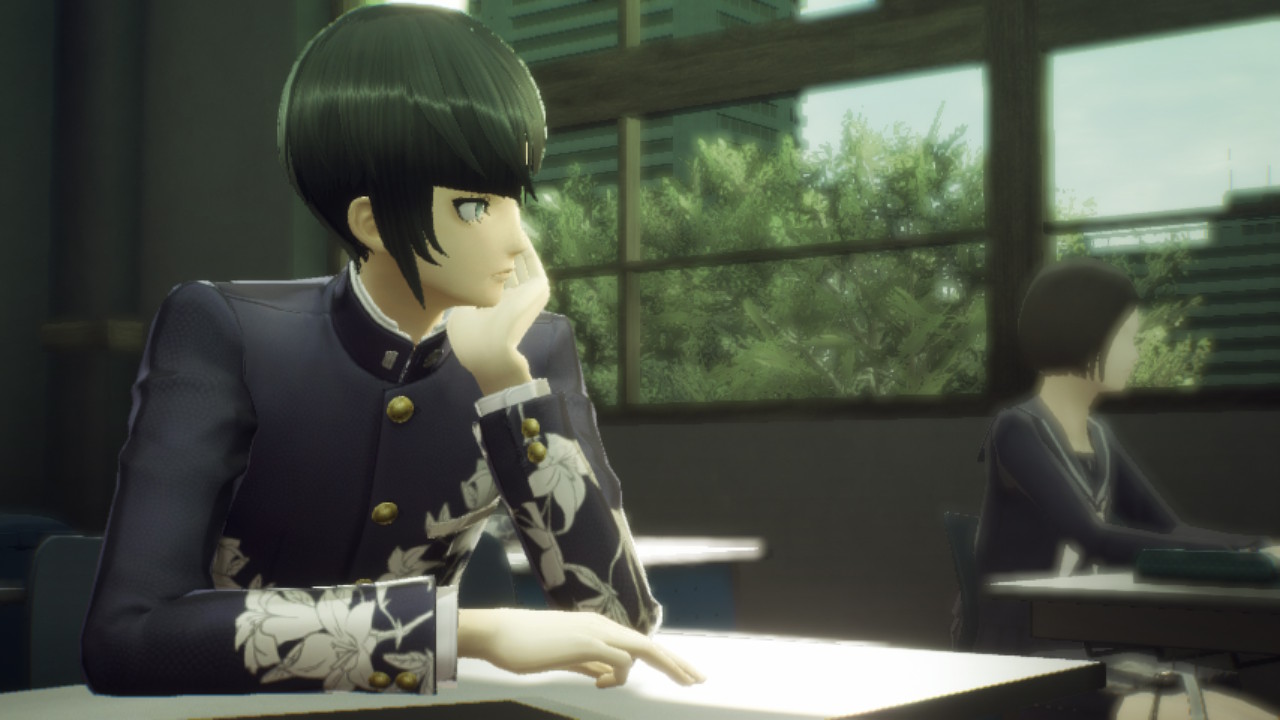
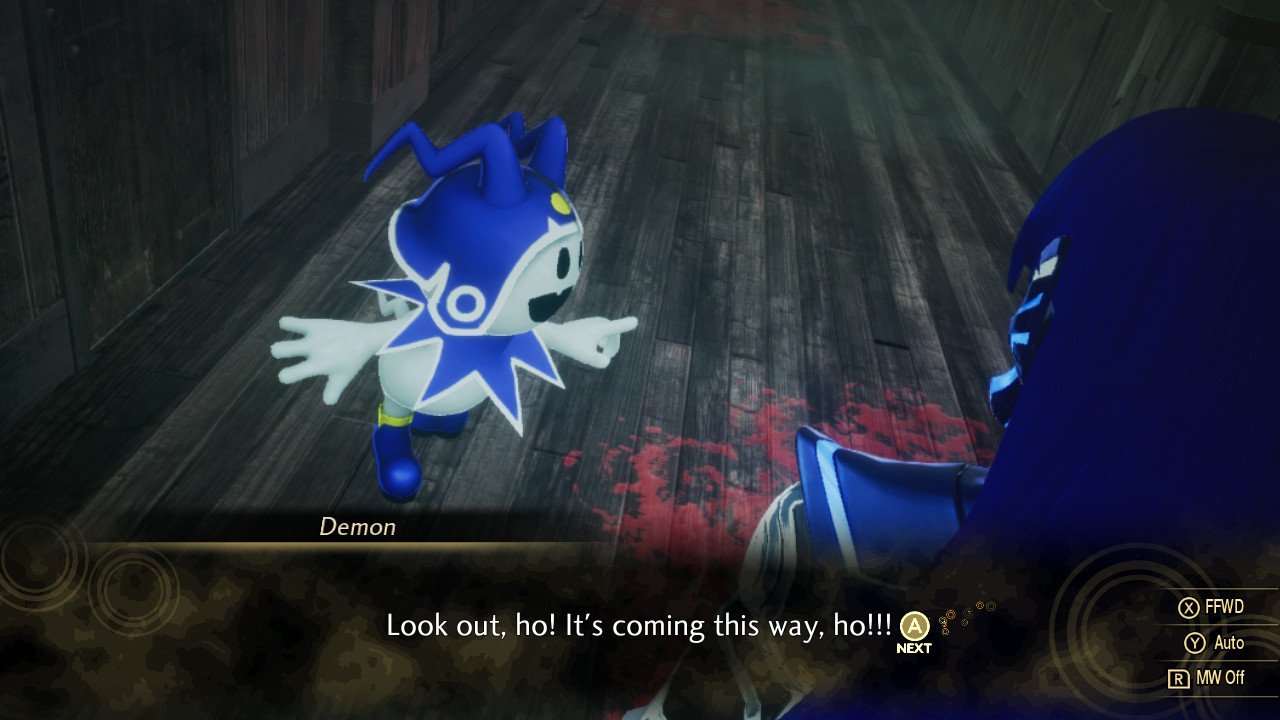
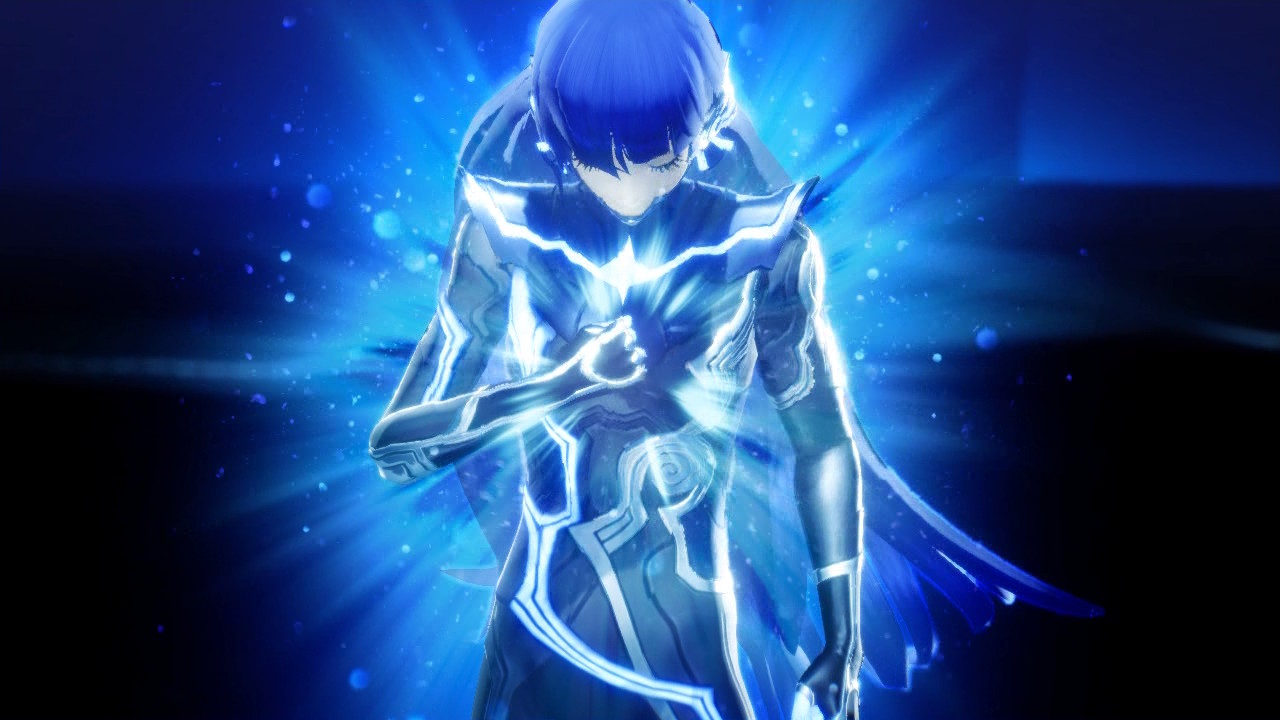

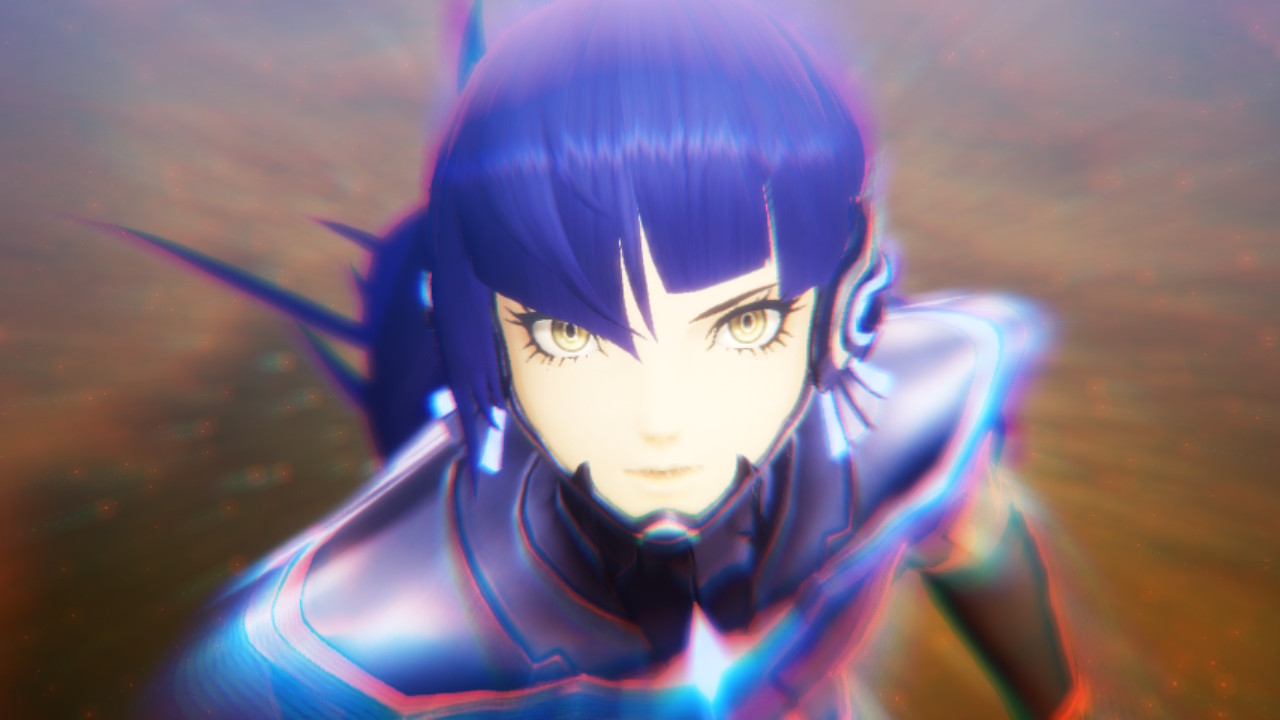








Published: Nov 4, 2021 12:20 pm